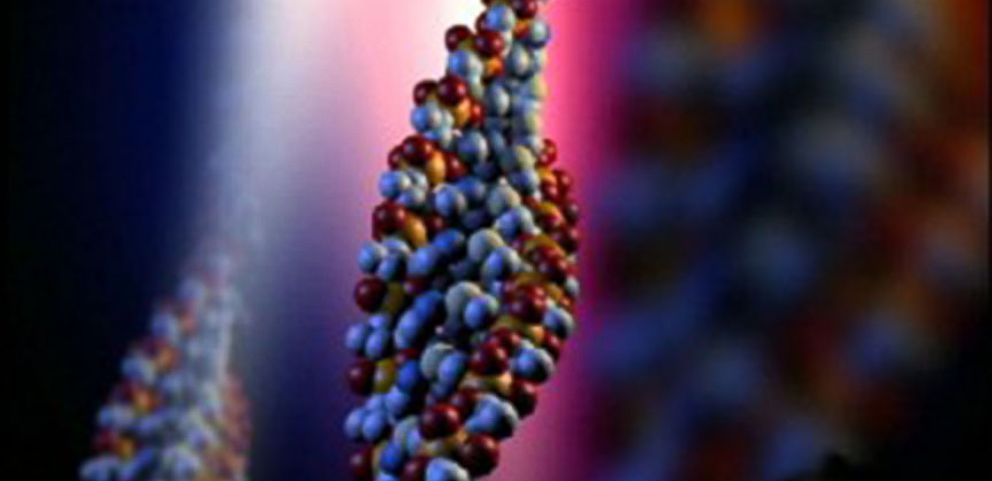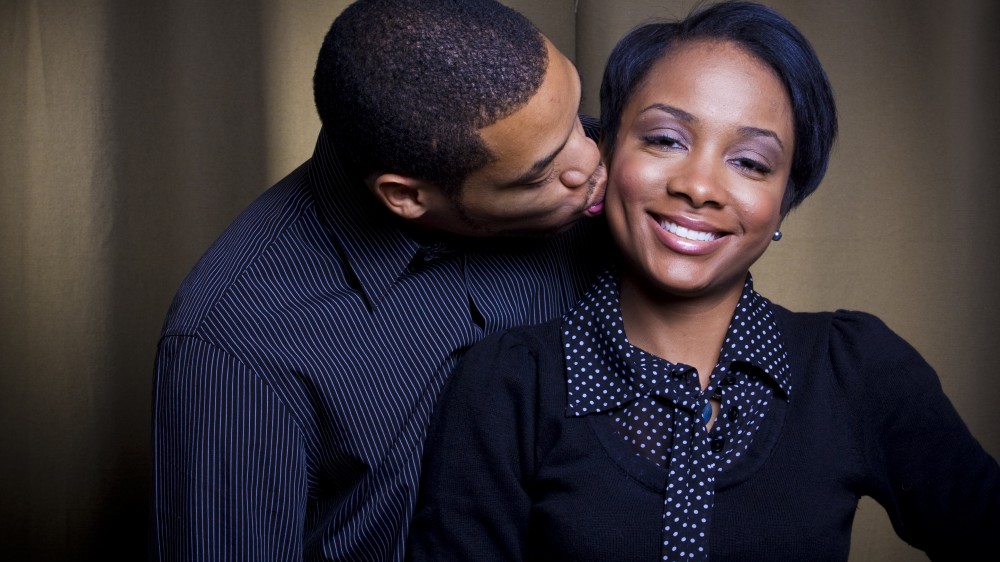Human chimeras are a popular topic for TV shows and crime scene dramas. This extremely rare and interesting genetic condition can lead to the question “Can my DNA paternity test be wrong because I have human chimera DNA?” It’s important to know up front that the chances of this phenomenon causing misleading or incorrect paternity-test results is incredibly tiny, and should not be considered a cause for concern for your test.
What is Chimerism?
Named for the mythical monster with a lion’s head, a goat’s body and the tail of a snake, human chimeras have two or more genetically-distinct types of cells in their bodies. This anomaly is thought to be caused by the absorption, or fusing, of twins before they are born. This may cause the chimera to carry two sets of DNA in their body. One set of their DNA and one that would have been their twin’s DNA. This second set of DNA can show up anywhere in the body. A second, distinct set of DNA may be present in the skin, blood, or even reproductive organs of the chimera. This was what happened in the case of Lynda Fairchild, profiled in an ABC documentary.
She’s Her Own Twin
Fairchild underwent DNA maternity testing shortly after the birth of her child. Results showed a poor match, as if she were the baby’s grandmother. It was concluded that Fairchild may have been a chimera, her body the result of the fusion of two non- identical embryos at the earliest stage of development. Different parts of her body could have come from different cell lines. Further testing indicated that cells taken from her reproductive organs contained different DNA than those taken from her mouth for the DNA testing and those were a match to her children.
Though cases like this are often given a lot of press, their occurrence is very rare. No one knows exactly how many cases of human chimera there are, but most studies cite only 30 reported cases in all of human history.
What Does This Mean For My DNA Paternity Test Results?
Chimerism and an “Inclusive” Results
An inclusion, or “positive” DNA paternity test shows that an alleged father and the child share the same DNA. Therefore that man is considered to be the biological father. The father’s DNA was passed to the child, and the loci (markers) all match up. It’s virtually impossible (that is, very, very unlikely) that possessing two sets of DNA would make someone appear to be a father when they are not. Matches at all locations indicate a positive paternity test result, even if the father is a chimera.
Chimerism and an “Exclusive” Results
An exclusion (when a man is not the father of a child) could potentially be affected by someone being a chimera. It is possible for a chimera to pass one set of DNA on to their child but show a second set of DNA with a cheek swab, as in the Linda Fairchild case. Even so, the child and the father would still likely show a partial match, similar to that of a child and an uncle, since the second set of DNA would be that of the father’s unborn twin. In most cases, an accredited laboratory would make a note of the other possible biological relationship in the test report and alert test participants.
Bottom line: Human chimera is a fascinating topic, but instances are so rare that the chances of it affecting your paternity test results are practically non-existent.
Follow us on Facebook and Twitter! If you have questions about paternity tests or other DNA testing services, please contact our Client Support Center at 888-404-4363, Mon-Fri from 9 AM to 6 PM Eastern Time. Our friendly, expert representatives are ready and happy to help. Get answers anytime by visiting our Help Center.








